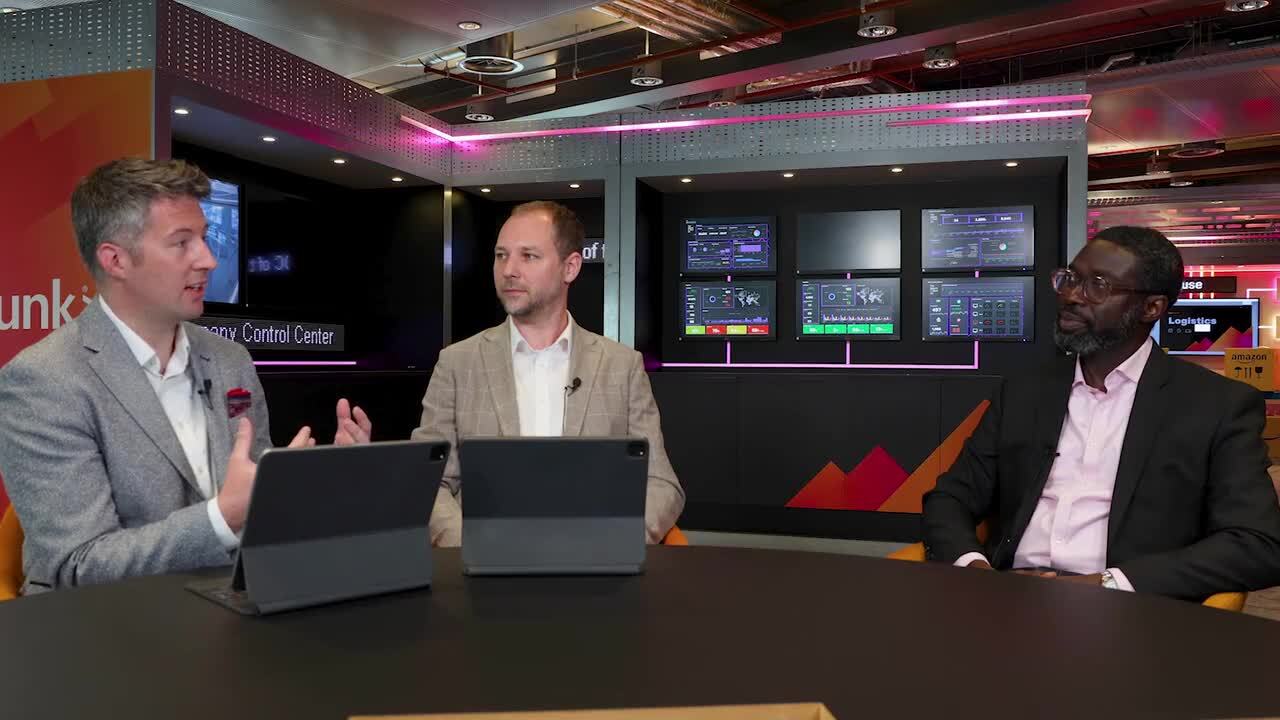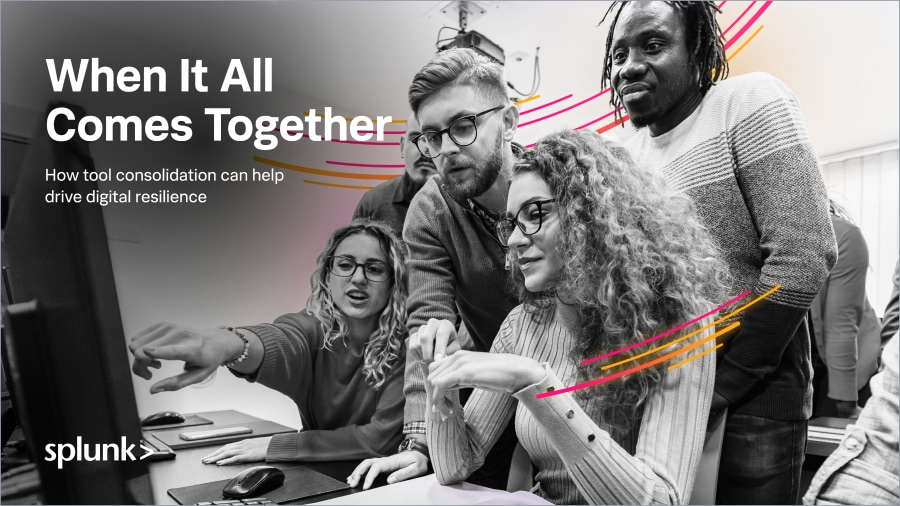Tips and Tactics for Strategic Tooling

As budgets tighten and IT and security data converge, tool consolidation is a must.
But it’s not a simple undertaking, from managing the technical implementation to getting teams on board. Suid Adeyanju, founder and CEO of London-based cybersecurity consultancy Riversafe, is no stranger to the process of tool consolidation. He’s seen many clients standardize toolsets in order to reduce costs and increase visibility across teams. My fellow Splunk Field CTO James Hodge and I had the pleasure of speaking with Suid for this episode of the Perspectives Podcast.
We discussed why it makes sense to consolidate tools and therefore reduce costs, especially given the current economic climate. And since IT and security teams increasingly use the same data anyway, having a common tool enhances cross-team collaboration. (An incident is an incident, after all.) Suid also shared best practices for tool consolidation, including about navigating conversations with teams about strategic consolidation and managing data access within a unified platform.
Watch, download or listen to the full episode below. Thanks for tuning in.
Related Articles
About Splunk
The world’s leading organizations rely on Splunk, a Cisco company, to continuously strengthen digital resilience with our unified security and observability platform, powered by industry-leading AI.
Our customers trust Splunk’s award-winning security and observability solutions to secure and improve the reliability of their complex digital environments, at any scale.



